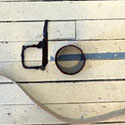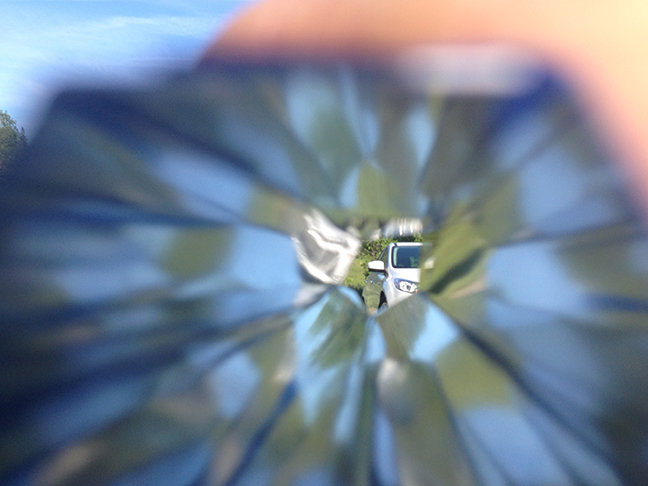When I think about architecture and joy, I must consider it on a number of levels, from my professional training and practice as well as from the perspective of my youth when I experienced places without thinking “architecture”; having more to do with association, memory, and nostalgia.
Joy is Timeless, Hollywood Blvd, Los Angeles
Meaning of some thing or place has become imprinted indelibly in my memory. As a designer, I tend to identify the roots of an overwhelmingly joyful experience with a place, that has elements of the natural, historical, and sentimental. An exceptional place resides within and outside of time, in the same way that I think of joy as a timeless state of being.
Joy of place, is transformative.
Clock Face, Congress Street, Portland, Maine
I am vulnerable here, as I would typically justify insight from a purposeful almost proof-like basis. However as I gain more life experience I am re-acknowledging the intuitive, and at dawn, when I begin to wake from sleep, I find the most potent images that strike their deepest course in my thoughts and obsessions, and therefore my work. For me, observing the most elemental aspects of existence provide joy.
Anasazi chimney rock site, Colorado
Here are some of my primary discoveries: like harmonies and dissonances, exceptional architecture is timeless. It sounds or feels “right”, or exposes polarities, revealing a dissimilarity. Transcendent architecture has similar qualities crossing all contexts that it occupies. The frame it sits within, the histories that the observer brings to that place and time, when it came into being (was built), how it existed during its passage through time, and finally, at the moment of observation. All effect how it exists—nearly a quantum relationship. An exceptional place will connect with our collective memory.
Sacred Building, Maine
These sites are containers. In ancient Hebrew, the letter Bet “ב”: that which surrounds or contains a presence, provides boundaries both inside and outside, and allows for what the Swiss philosopher Eliade describes as sacred and profane characteristics of place. These places, that make an effort, contain humanity. They hold together the connective tissue between time, memory, and light. In a concrete manor, light reveals the object, and shows it in its contexts.
Attributed to Louis Kahn’s; “An exceptional place must weave both natural and man made within the realm of the un-measurable”. I look for tectonic structure both seemingly natural and man-built. In the examples throughout this review, note the contrasts between light and dark, materials; both solid, transparent, and sandy. Observe the natural foliage, juxtaposed with the manmade, and set in its topography. Look for where the human in each scene appears.
Mountain Path, Oia, Greece
One mile from mountain path, Ioa, Greece
Now, from the distance of my studio and holding the un-cropped photographs, I am removed from these geographic moments, and become the observer. I can marvel at that place or path. One can identify the depth of human experience and conflict that has arrested these places. None of the images I present here are coincidental, all rise beyond merely the functional rational.
Exit, Osios Loukas near Delphi
Entry, Osios Loukas near Delphi
Context creates the boundary of the collage. Joy can be found in the passage from the one place through to the next; this potential, allows for the discovery of the existential, realized after the fact.
Outer regions from palace, Versaille, France
Two trees woven together by the wind can imply shelter or define passage; a simple boundary between this side and the other. What makes it exceptional is how and why this gateway continues to exist for many generations.
I am myopic—I tend to look for the minute details that build a place where timelessness; that place’s fundamental construct and the evidence of the human hand reveal themselves.
New Mexico
Start of path Anasazi site, Bandelier, NM
Passage to Scarpa’s Patron’s Grave



























